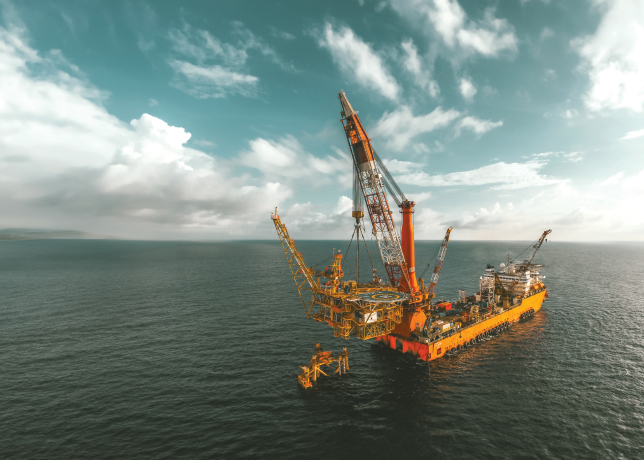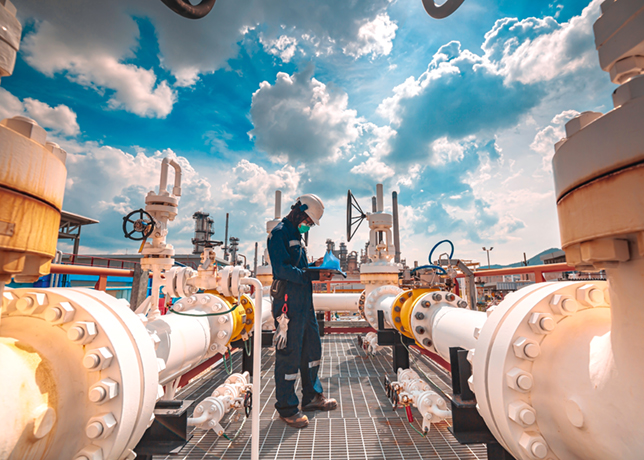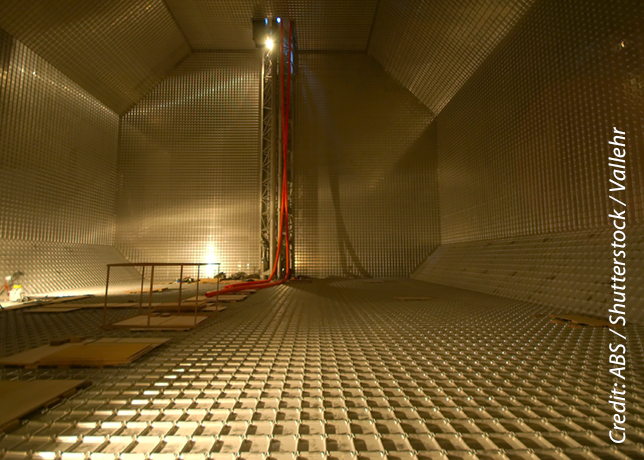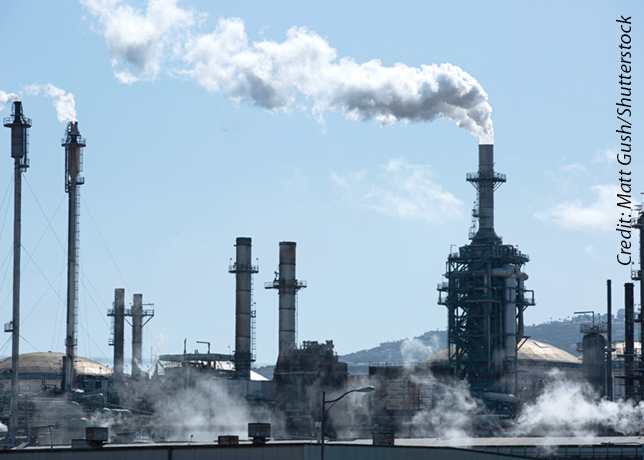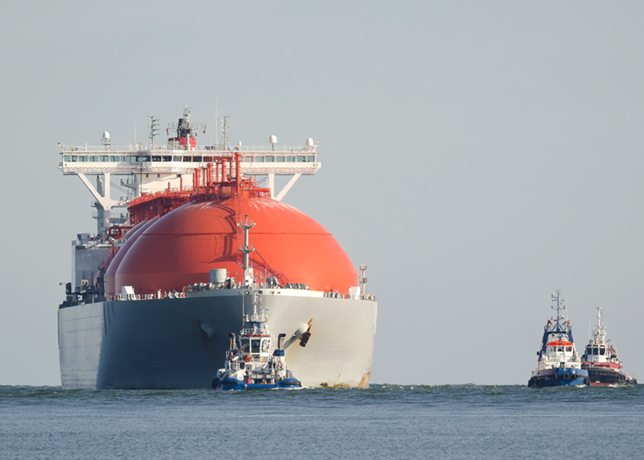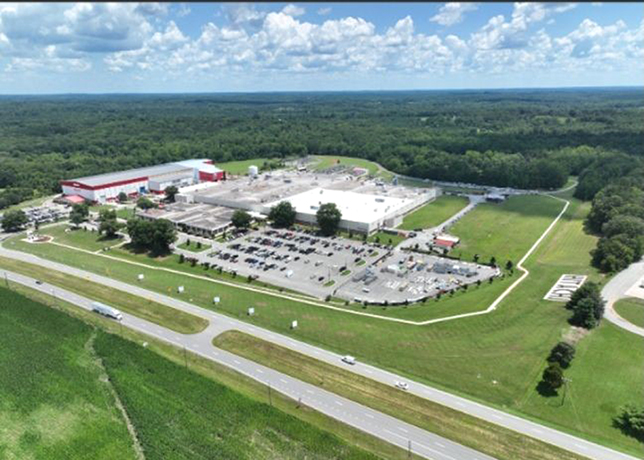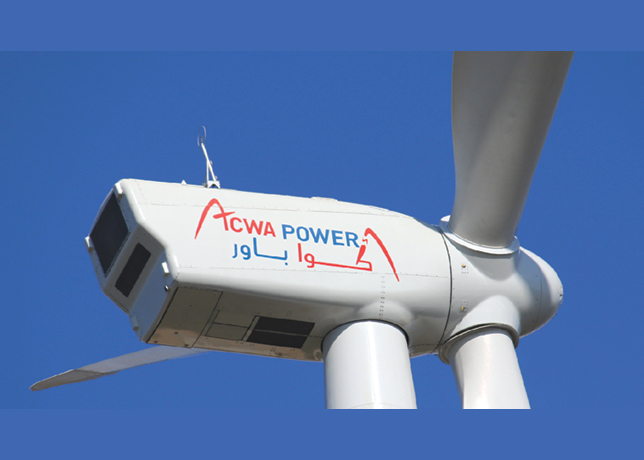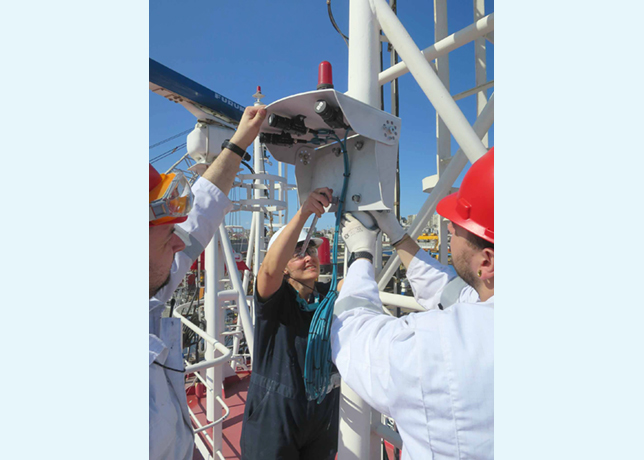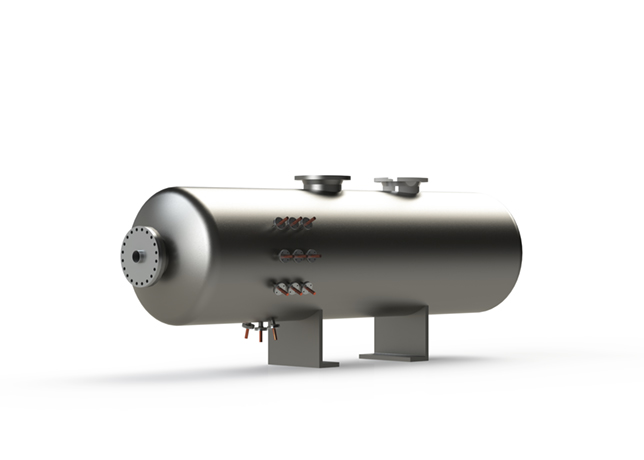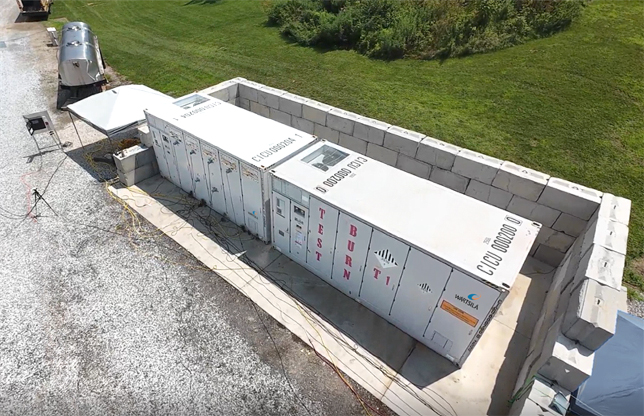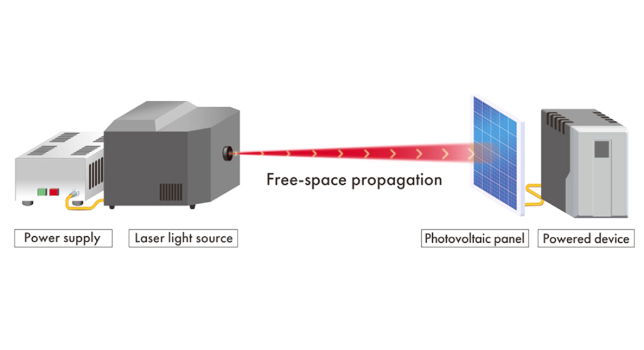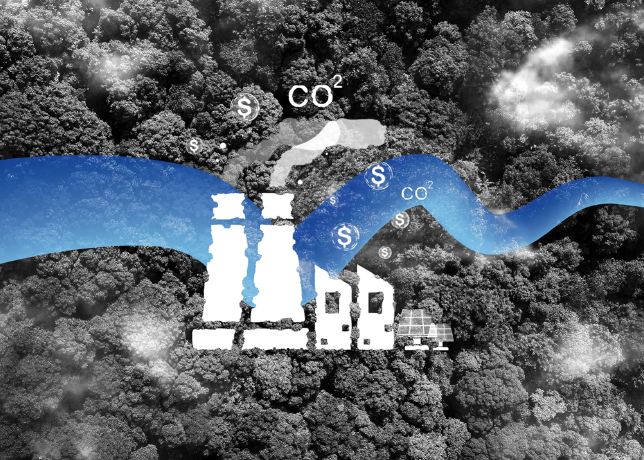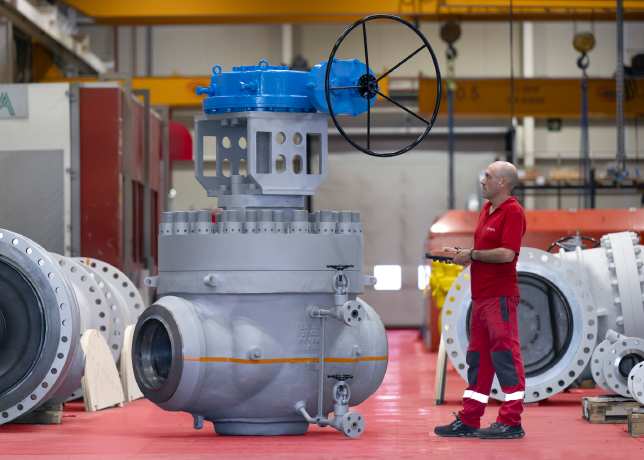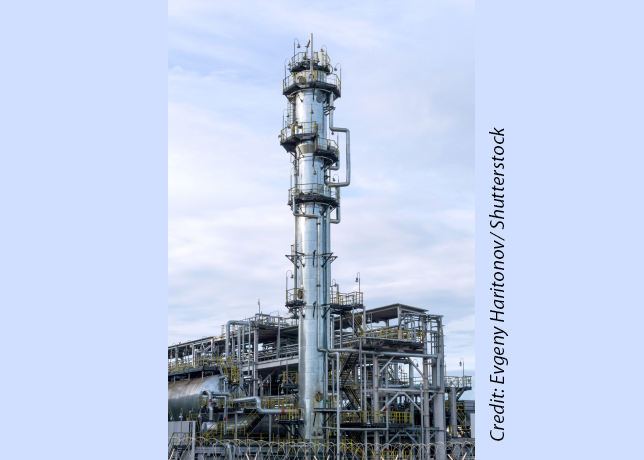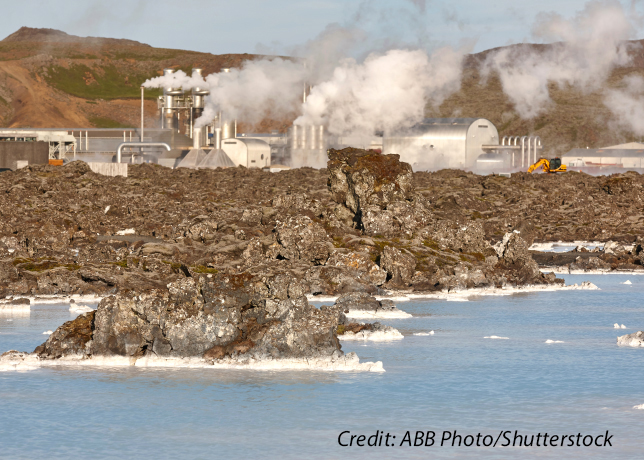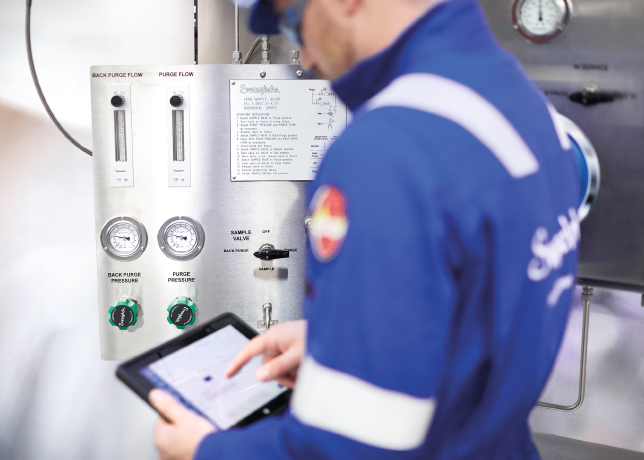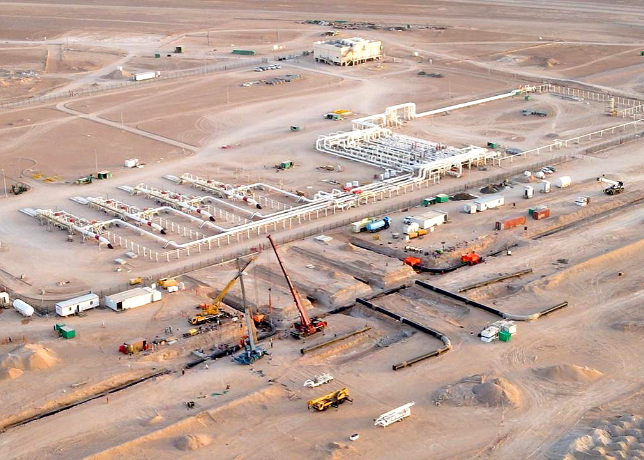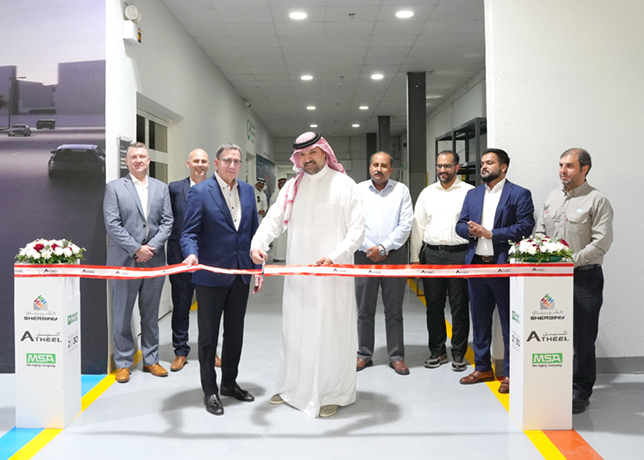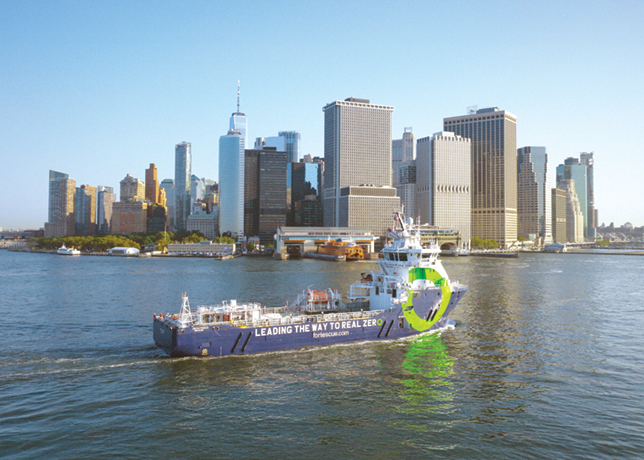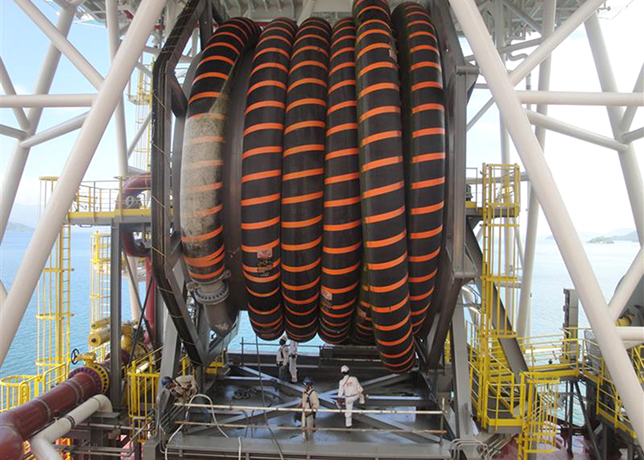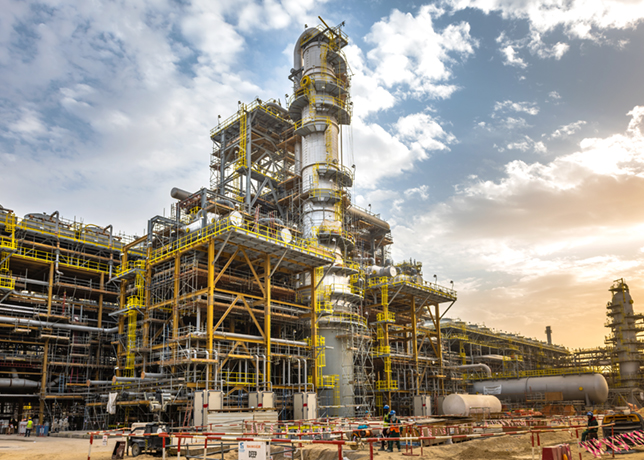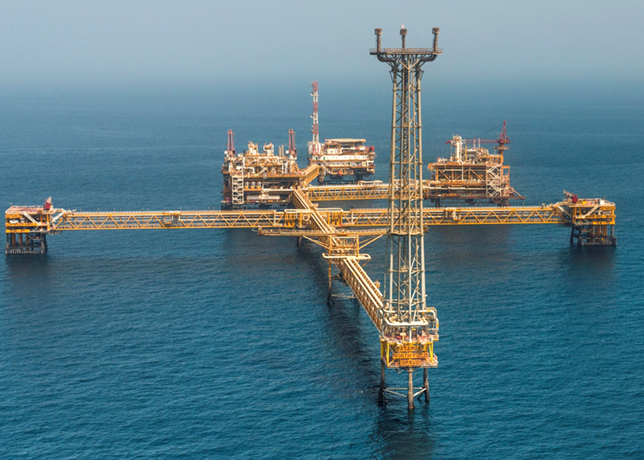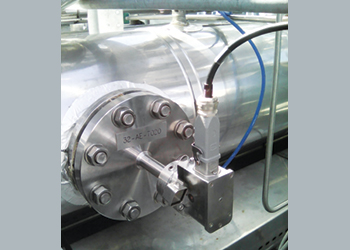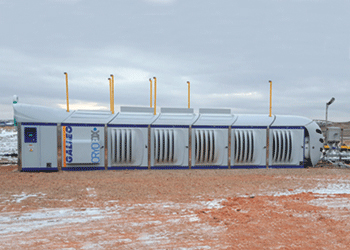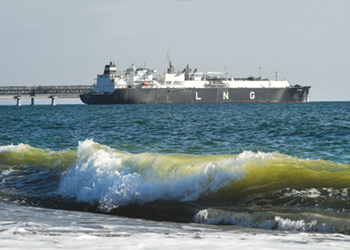
 Asia will contribute 75 per cent of the total global LNG liquefaction capacity
Asia will contribute 75 per cent of the total global LNG liquefaction capacity
Asia is set to continue to dominate the global liquefied natural gas (LNG) regasification capacity additions, contributing around 75 per cent of the total LNG liquefaction capacity additions between 2022 and 2026, GlobalData forecasts.
The global data and analytics company expects Asia to witness the highest capacity additions from new build and expansion projects during the forecast period, with 17.7 trillion cubic feet (tcf).
Himani Pant Pandey, Oil & Gas Analyst at GlobalData, comments: "China is expected to drive the LNG regasification additions in Asia through 2026 due to the ever-growing demand for natural gas from both industrial and residential sectors. A total of 27 new build and expansion projects are expected to start operations during the forecast period in China. Tangshan II is the largest upcoming project in the country, with a capacity of 584.4 bcf by 2026."
GlobalData identifies Europe as the second highest contributor to the global LNG regasification capacity additions, accounting for around 16 per cent of the total additions by 2026.
Stade in Germany will drive the new build LNG regasification capacity in the region, with 469.5 bcf by 2026.
Africa ranks third globally, contributing roughly 3 per cent of the global LNG regasification capacity additions during the forecast period.
Jorf Lasfar in Morocco is the largest upcoming regasification terminal in the region, with a capacity of 247.1 bcf by 2026.
In small-scale LNG liquefaction capacity additions, here too Asia will lead during 2022 to 2026, contributing about 27 per cent of the total global small-scale LNG liquefaction capacity additions by 2026.
Asia is likely to add 3,850 thousand tonnes per annum (ktpa) by 2026. All capacity additions in the region are through new build projects.
China almost entirely drives the small-scale LNG liquefaction capacity additions in Asia, contributing about 99 per cent of the capacity additions between 2022 and 2026, says GlobalData.
China is expected to witness a total capacity addition of 3,810 ktpa, of which the entire capacity would be from new build projects.
In China, six new-build small-scale LNG liquefaction projects are likely to start operations by 2026, of which four are planned with identified development plans and the remaining two are early stage announced projects. Xi’an terminal is the largest new build small-scale LNG liquefaction project in the country, with a capacity of 1,400 ktpa. It is followed by Jiaxing, with a capacity of 1,000 ktpa.
Bangladesh and Vietnam are the other two countries contributing to the remaining capacity additions in the region.
Bhola is the only terminal accounting for the entire small-scale LNG liquefaction capacity of 30 ktpa in Bangladesh. It is expected to start operations in 2024.
And in Vietman, Ho Chi Minh is the sole terminal accounting for the entire small-scale LNG liquefaction capacity of 10 ktpa in Vietnam. It is expected to start operations in 2022.
GlobalData identifies Africa as another significant region, contributing about 16.4 per cent of the world’s small-scale LNG liquefaction capacity additions during 2022–2026.
Rumuji terminal in Nigeria leads in terms of upcoming capacity in the region with 1,090 ktpa.
North America will also witness small-scale LNG liquefaction capacity additions of 2,350 ktpa during the same period.
The Galveston Bay Floating terminal in the US leads in terms of upcoming capacity with 500 ktpa expected to be added by 2026.
The growth of small-scale LNG liquefaction capacity, especially in China, can be ascribed to relatively ‘small initial’ investments, and the rising demand from LNG-powered trucks.




